If you plot the denominator on a graphing calculator or using MATLAB or similar tools, you can find the roots (R1, R2, R3, R4) for the denominator of the polynomial.
Once you know the roots you can then use a technique called Partial Fraction Expansion to re-write the original equation as the sum of several fractions.
$$T_s=\frac{s^2}{s^4+1.732s^3+3s^2+1.732s+1}=s^2(\frac{A}{s-R_1}+\frac{B}{s-R_2}+\frac{C}{s-R_3}+\frac{D}{s-R_4})$$
Finding the numerators is simple. To find A, multiply both sides of the equation by (s-R1) and then evaluate at s = R1.
$$T_s * (s-R_1)=s^2(A+\frac{B(s-R_1)}{s-R_2}+\frac{C(s-R_1)}{s-R_3}+\frac{D(s-R_1)}{s-R_4})$$
At s = R1, all the (s - R1) terms will equal 0 so most of the equation disappears. We are then left with...
$$T_s * (s-R_1)=s^2A$$
So...
$$A = \frac{T_s(R1)*(s-R_1)}{S^2} $$
Note that because Ts has (s-R1) as a root in its denominator, the (s-R1) term will cancel out and the result is not usually zero.
You can repeat that process to find numerators B, C, D the same way as for finding A.

![[2]: https://i.stack.imgur.com/SebWL.png](../../images/3837201571.webp)
